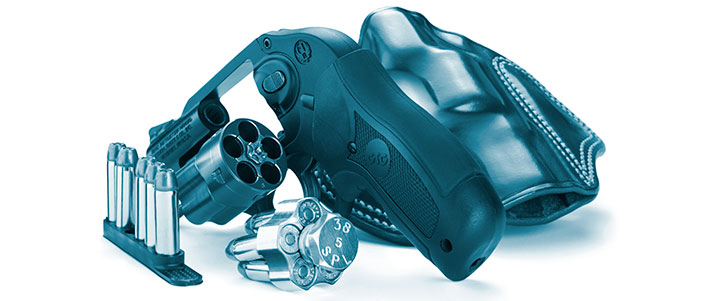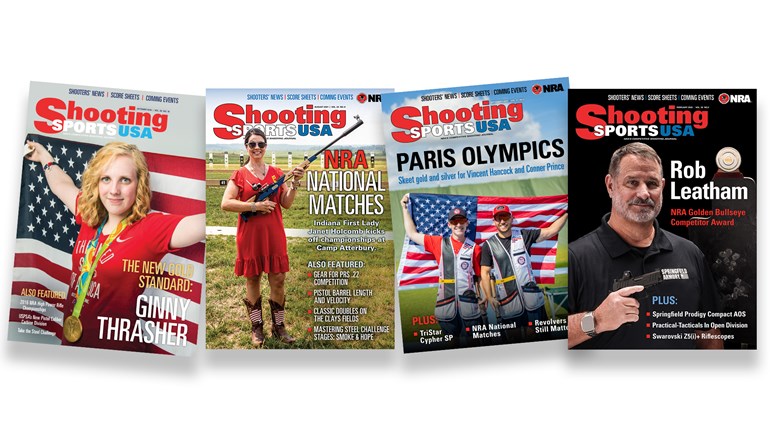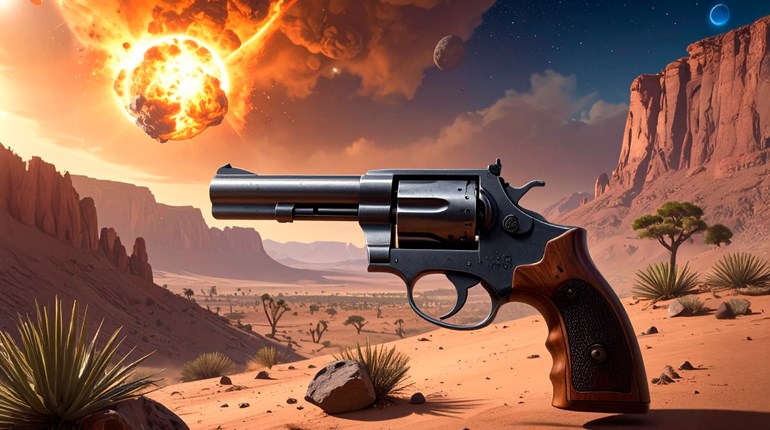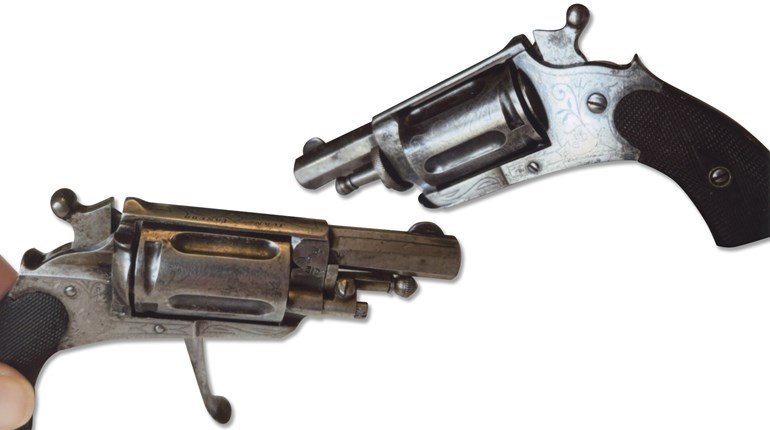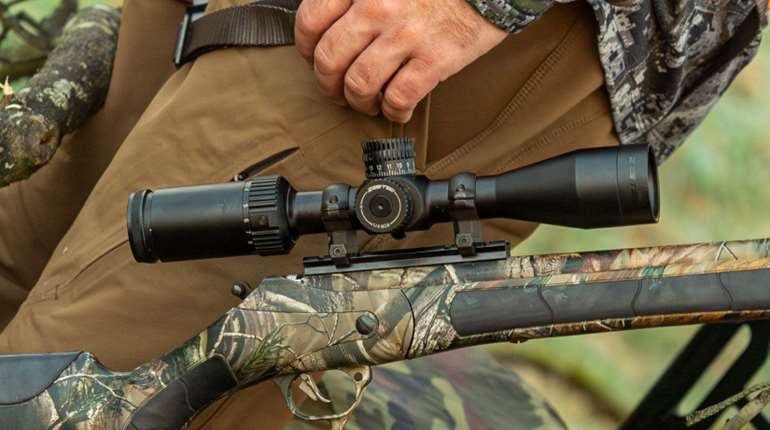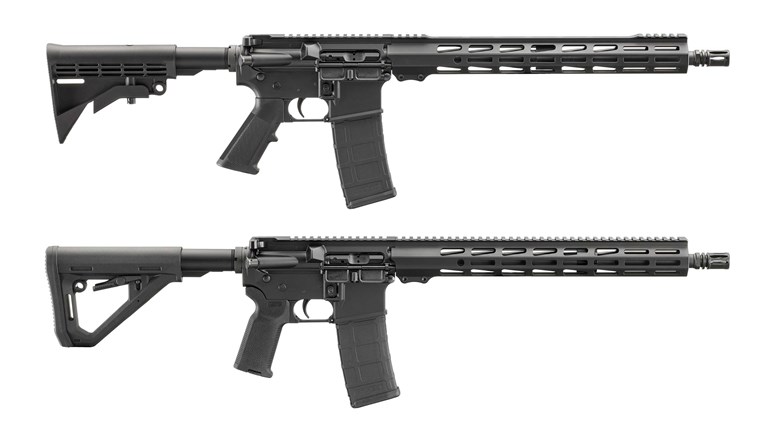
There is a reason the Roman Legion was one of the most-feared armies of its day. One Legion commander explained it with the quote: “Our training is bloodless battles and our battles are bloody training.” They trained like they fought, and mastered the tactics and equipment they would use. Our elite military units continue that training philosophy today. But, the value of that training concept isn’t confined to the military.
Border Patrol legend Bill Jordan once recounted an instance where an officer got involved in a gunfight. His assailant was more than 100 yards away, armed with a rifle chambered in .30-30 Win. The officer only had a .38 Spl. revolver, but he was a highly skilled shooter who practiced regularly. He took cover, applied “Kentucky windage” and eventually resolved the fight in his favor. When backup officers arrived, one asked about the big lump in the officer’s uniform’s right-front-trouser pocket. The officer, perplexed, reached in and to his surprise discovered that the “lump” was every empty case he had fired. Right in the middle of a gunfight, he took the time to transfer his fired cases from his revolver to his pocket. Why? He was a reloader, and that’s just how he did it during his practice sessions on the range.
Larry Kelly (of Mag-Na-Port fame) related an incident involving himself, an Alaskan hunting guide, a small cabin and a big brown bear that was not on the menu for that hunt. The bear took exception to their presence, prompting a foot race to the cabin. Despite Kelly and the guide winning the race, the bear decided to come in anyway. That resulted in a lot of smoke and noise at powder-burning distance. The guide emptied his .375 H&H rifle, while Kelly emptied his Ruger .44 Mag. double-action revolver. Once the affair ended, Kelly was stunned to realize that, at just a few feet, he had deliberately thumb cocked his revolver to single-action for each shot. Why? Because that’s exactly the way he practiced on the range and how he used the gun in the hunting fields.
Under stress, you will most likely react as you have trained. That reaction will include the subconscious mind taking control of many small details, freeing the conscious mind to attend to more-pressing matters. The subconscious mind is somewhat like a computer. It can only process and playback what is input into it. Range practice sessions become that input. A common computer term is GIGO (Garbage In, Garbage Out): If the input is poor, the output will be equally poor. Given the limited capabilities of a five- or six-shot snubby, you can’t afford to have “garbage out” during a life-or-death situation.
That’s an important point for civilian concealed-carry licensees to consider, because just having a handgun does not guarantee surviving a violent encounter. The firearm, by itself, won’t make you safe. It only provides a means for you to secure your own safety, and it’s is up to the operator to use it effectively to that end. What you repeatedly do on the range, you will be likely to do when it matters. Avoiding “garbage in” requires adopting a practice regime that programs the subconscious mind to make the right decisions. Here are six ways to do that.
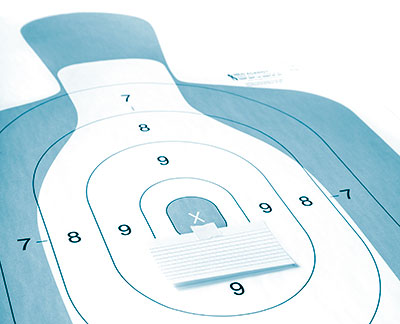
1. Use Realistic Targets
It’s a rare criminal who wears a bullseye on his chest. But, if the traditional round, black bullseye target is what you practice aligning your sights on, the subconscious could potentially short circuit if it can’t find one in a hurry.
The most-effective targets are those that approximate the human torso, like the buff-colored targets used by the United States Practical Shooting Association (USPSA) or the International Defensive Pistol Association (IDPA). Many gun shops will also have law enforcement-type silhouette targets available. These will condition the subconscious to shoot for center mass. An inexpensive roll of masking tape can cover fired rounds, making a target last for many practice sessions. If precision practice is indicated (and some should be done at any practice session) it’s a simple matter to tape a 3x5-inch white index card somewhere on such a target and direct rounds there.
2. Close the Gap
For some unexplained reason, 7 yards has become the de rigueur close-range self-defense practice distance. In reality, however, many (if not most) violent attacks occur much closer. If 7 yards is the closest practice range, the subconscious mind might balk at shooting at closer ranges because you’ve never done so in training. There is a natural reluctance to fire a gun at a target at arm’s length. That must be overcome. If the attacker’s knife is 4 feet from your throat and closing quickly, being able to shoot well at 7 yards is not nearly as important as you thought it would be, nor is your subconscious prepared for the situation.
Effective snubby practice should include targets as close as at most 3 yards or closer (if your range allows). The ability to get the gun quickly into action and deliver fast hits not only builds confidence, but also provides that all-important subconscious mind input. Such practice must be done on targets that will not throw fragments back at the shooter. That rules out metal targets, metal target holders or any targets placed directly in front of a solid backstop or bullet trap.
At shorter distances, shooters will learn the speed advantage of looking over the sights instead of looking through them. A bright, easily found, front sight is all that is needed for accurate hits at close range.
3. Shoot Double Action
Some inexperienced shooters consider a double-action (DA) revolver to be a single-action (SA) gun that can be fired DA if needed. You can see it on any practice range—shooters thumb-cocking their exposed-hammer snubbies to deliver precise hits. In a close-range, self-defense situation, however, that’s a poor idea, and therefore a bad habit to develop.
A key reason is speed. You could deliver two or three effective hits in the same time it takes to cock the revolver and fire one shot. Now, should you find yourself barricaded behind cover and need to deliver accurate fire beyond 15 yards, the SA option is viable, but when things are close and quick, forget single-action shooting.
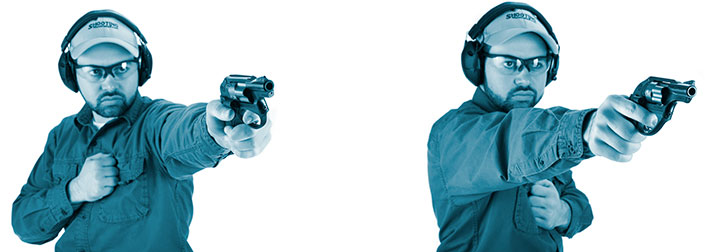
4. Practice Weak and Strong Hand
Modern pistolcraft stresses a firm, two-handed shooting grip. That’s great, but it’s not always possible. In a close-range attack, two hands may not always be available. One arm may be occupied fending off an attacker, corralling a family member or maybe even injured. The ability to deliver accurate, close-range fire with either hand can play a significant role in your ability to survive.
Every practice session should include firing with the weak hand and the strong hand individually. A simple drill is to set up two targets at 12 feet, spaced about 5 feet apart. Start from a low-ready position with your five-shot snubby, fire two rounds at the first target and three rounds at the other (with a six-round revolver, fire three and three), then perform a fast reload and repeat. The targets will tell you where you need to improve. And, once properly learned, the subconscious will have little difficulty playing that back if it is ever needed.

5. Make Reloading a Habit
Statistics compiled by the FBI indicate that the “average” self-defense shooting results in an average of fewer than three rounds fired. That’s no doubt comforting, but “average” does not mean every, and if three is the average, that means a significant number of defensive firearm uses required more than three shots. With a five-shot snubby, your margin for error is quite small.
Therefore, it is important to be able to quickly turn your empty snubby into a loaded snubby with as little conscious thought as possible. In practice, when the cylinder runs empty, make it a habit to immediately execute a fast, emergency reload using only the reloading devices you carry for real—whether that’s a speedloader, a speedstrip or loose rounds in your pocket. This will help make the reload procedure a quick and automatic reaction to an empty gun, and one that has an excellent chance of playing back under stress. It will also develop familiarity with your reloading devices and make their use smooth and quick.
The drawback to a fast reload with a snubby is that the short ejector-rod stroke may not reliably clear empty cases from the gun, and that’s half the reloading process. If cases hang up and don’t clear immediately, the shooter is left eating up precious time picking them out by hand. The most positive way to get the empty cases out is the “Stress Fire” technique taught by Massad Ayoob.
Execute this technique by having the shooting hand activate the cylinder release while the support hand slips under the frame, pushes the cylinder out and locks it open, while rotating the gun to point the cylinder/barrel straight up and down. The strong hand palm then comes over the top (avoiding the muzzle, obviously) and forcefully smacks the ejector rod to drive the cases from the gun. Don’t worry about the empty cases; dump them. The support hand then rotates the gun down and forward while the strong hand brings the loading device to the gun and inserts the fresh rounds. For a shooter with only one or two reloading devices, this slows the practice session, but that’s not a bad thing: Focused practice—working on specific, critical skill sets—is far more beneficial than leisurely sending rounds downrange.
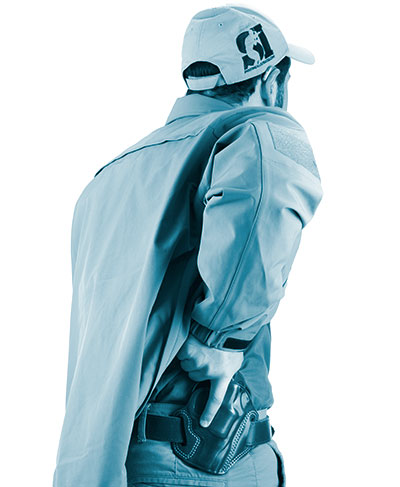
6. Use Your Carry Gear in Practice
When suddenly confronted with a self-defense situation, it’s unlikely your snubby and reloading devices will be sitting in front of you on a bench at the range. They should be on your person. Whether your normal carry is a purse, a pocket or any type of holster, your hands need to find your gun quickly. This is no time to be playing “Where’s Waldo?”
Effective practice includes working from your carry gear. Drawing from carry isn’t allowed at many ranges, but this skill can be practiced at home with a verified empty gun in a room with no live ammunition present (or a blue gun). There are few range prohibitions on executing rapid reloads from your carry gear, however, and that is important in programming the subconscious. You can also practice reloading at home using dummy rounds.
Self-defense requires more than just putting the sights on target and pulling the trigger. It requires mastering each and every aspect of your personal-protection system. Key among those aspects is being able to quickly and instinctively employ each item under stress. What you do in practice, you will likely do when it counts.
